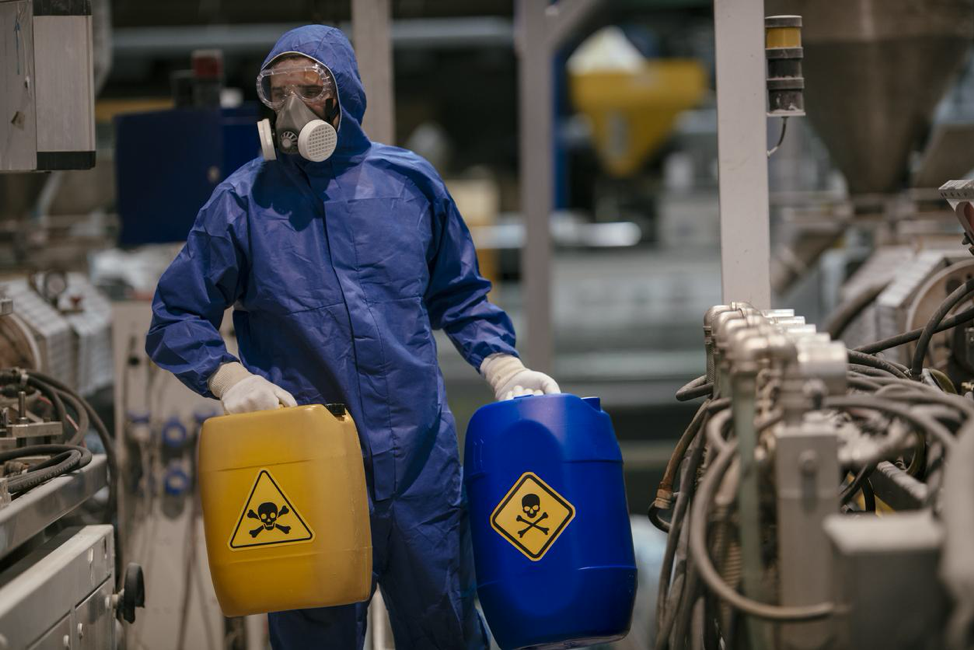Hazardous waste management is a complex and crucial aspect of environmental protection and public health. Properly handling, treating, and disposing of hazardous waste is essential to prevent harm to individuals, communities, and ecosystems. In this article, we will explore some of the most effective solutions for hazardous waste management and their significance in addressing this pressing issue.

Waste Minimization and Source Reduction
One of the most effective approaches to hazardous waste management is to minimize its generation at the source. This involves reducing the use of hazardous materials, finding alternative, less toxic substances, and implementing efficient production processes. By reducing the quantity of hazardous waste produced, organizations can lower disposal costs and decrease environmental risks.
Recycling and Reuse
Recycling and reusing hazardous materials can significantly reduce the amount of waste that needs disposal. Many hazardous substances, such as certain solvents and metals, can be recovered and reused in various industrial processes. Implementing recycling programs not only conserves resources but also minimizes the need for new production of hazardous materials.
Treatment Technologies
Effective treatment technologies are essential for rendering hazardous waste less harmful or non-hazardous. There are various treatment methods, including:
- Incineration: Burning hazardous waste at high temperatures to destroy toxic components.
- Chemical Stabilization: Adding chemicals to waste to reduce its toxicity or reactivity.
- Biological Treatment: Using microorganisms to break down hazardous substances.
- Physical Treatment: Techniques like filtration, centrifugation, or sedimentation to separate waste components.
The choice of treatment method depends on the type of hazardous waste and its characteristics.
Secure Land Disposal
For waste that cannot be recycled or treated effectively, secure land disposal in specialized hazardous waste landfills is necessary. These facilities are designed to prevent the contamination of soil and groundwater. Strict regulations govern their construction and operation to minimize environmental risks.
Hazardous Waste Transportation Safety
Safe transportation of hazardous waste is paramount. Specialized containers, vehicles, and trained personnel are essential to prevent accidents, spills, and exposure during transport. Compliance with transportation regulations is mandatory to ensure safety.
Compliance with Regulations
Hazardous waste management is heavily regulated at local, national, and international levels. Compliance with these regulations is not optional; it’s a legal obligation. Staying updated with changing regulations and ensuring adherence is crucial to avoiding fines and legal consequences.
Public Awareness and Education
Educating the public and stakeholders about hazardous waste management is essential. This includes raising awareness about the risks associated with hazardous waste, promoting responsible disposal practices, and encouraging the adoption of environmentally friendly alternatives.
Investment in Research and Innovation
Continued research and innovation in hazardous waste management technologies are vital. Developing more efficient treatment methods, recycling processes, and alternative materials can lead to significant advancements in minimizing the impact of hazardous waste on the environment.
Conclusion
In conclusion, hazardous waste management is a multifaceted challenge that requires a combination of strategies and solutions. By focusing on waste minimization, recycling, safe treatment, secure disposal, compliance with regulations, education, and innovation, organizations and governments can work together to protect both people and the environment from the harmful effects of hazardous waste. Implementing these solutions not only mitigates risks but also promotes sustainability and a healthier future for all.
Frequently Asked Questions
Why is hazardous waste management crucial for environmental protection and public health?
Hazardous waste management is essential to prevent harm to individuals, communities, and ecosystems by properly handling, treating, and disposing of hazardous waste materials.
What is waste minimization and source reduction in hazardous waste management?
Waste minimization and source reduction involve reducing the generation of hazardous waste at its source by using fewer hazardous materials, finding alternatives, and implementing efficient production processes.
How can recycling and reuse help in hazardous waste management?
Recycling and reusing hazardous materials reduce the amount of waste requiring disposal, conserve resources, and minimize the production of new hazardous materials.
What are some common treatment technologies used in hazardous waste management?
Treatment technologies include incineration, chemical stabilization, biological treatment, and physical treatment, depending on the type and characteristics of the hazardous waste.
Why is compliance with regulations crucial in hazardous waste management?
Compliance with regulations is mandatory to ensure the safe and legal management of hazardous waste, avoiding fines and legal consequences.
What is the significance of public awareness and education in hazardous waste management?
Public awareness and education help inform individuals and stakeholders about the risks associated with hazardous waste, promote responsible disposal practices, and encourage environmentally friendly alternatives.
How does investment in research and innovation contribute to hazardous waste management?
Research and innovation lead to the development of more efficient treatment methods, recycling processes, and alternative materials, advancing hazardous waste management and reducing its environmental impact.







